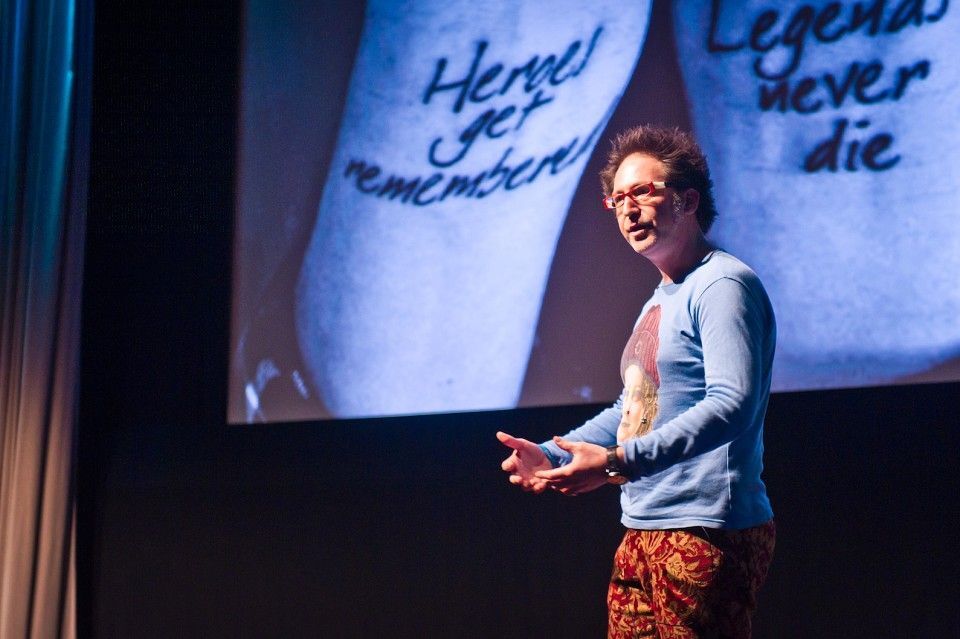
Reflecting on Masterclass from John Willshire
By @_TManning
Mosh have been told on more than one occasion that we are the future of the advertising industry. And that feels good. But the truth is that after a visit from John Willshire – of innovation studio, Smithery – I didn’t feel like the future, I felt naive. We’d spent the last week learning how to write briefs and come up with propositions. How to say one thing as clearly and loudly as possible.
Then, along came John, telling us that’s the old model. Fifty years ago, a business needed to say one thing clearly and loudly, because they’d just ploughed their entire marketing budget into a thirty second ad which was going to be played every two weeks for the next six months. In other words, they had no choice.
But now we do. We have a range of media at our disposal, much of which is free. Things we broadcast online have real-world effects, and vice versa. Why would you shout the same message at people over and over again, when you can build a whole world around your product? Brands have become accustomed to telling consumers what they do, but aren’t very good at explaining what it means. While companies used to be focused on making products efficiently, now the challenge is to make them as interesting as possible. That’s where you find a story worth telling.
So don’t be afraid to feel fragmented. John told us that modern brands are like BitTorrent files. They’re made from hundreds of pieces of information and ideas, and only when you have all of them can you build the movie of that brand. So try to examine everything your product has ever been and rearrange them – use them to give context or history to your product.
While we spend the majority of our time trying to simply and distill what a product is about, John told us to embrace complexity. Talk to different audiences on their own terms. Split up your brand and make it relevant to people. Having a single tone of voice makes you a robot, not a human, so decide on a tone of action that has the power to draw different audiences to your brand.
Next time someone tells us that we’re the future, I’ll spend a little more time trying to imagine what that future might look like. Where we might fit into it or better still, how we can shape it.











